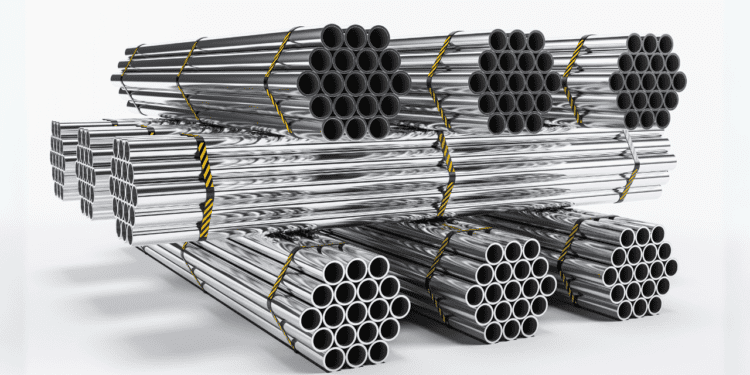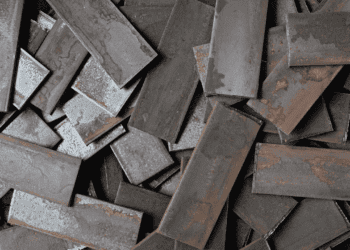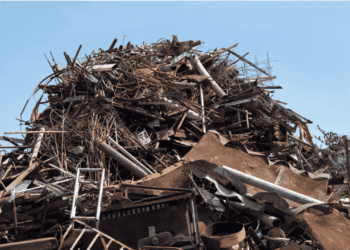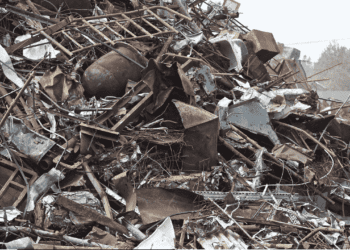Absolutely, let’s dive deeper into each section to provide more detailed explanations.
Introduction to Stainless Steel
Join our: Whatsapp Group
Definition and Meaning
Stainless steel is a type of alloy that is primarily composed of iron, along with a minimum of 10.5% chromium by mass. This combination of metals creates a material with exceptional resistance to corrosion, tarnishing, and rusting. The term “stainless” refers to its ability to maintain a clean and shiny appearance even after prolonged exposure to moisture, chemicals, and other corrosive elements. Stainless steel is highly valued in numerous industries for its durability, versatility, and aesthetic appeal.
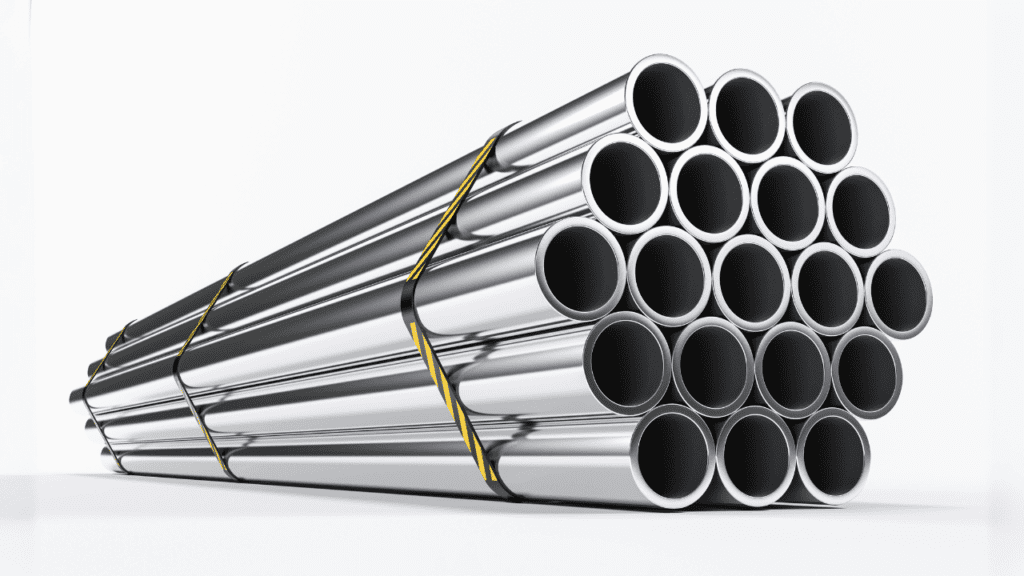

Element Information
Stainless steel is a complex alloy that may contain various elements in addition to iron and chromium. These additional elements are carefully selected to achieve specific properties required for different applications:
- Iron: The base metal of stainless steel, providing its structural integrity and strength.
- Chromium: The key element responsible for the alloy’s corrosion resistance. When exposed to oxygen, chromium forms a thin, invisible layer of chromium oxide on the surface, which acts as a protective barrier against further oxidation and corrosion.
- Nickel: Often added to stainless steel to improve its ductility, toughness, and resistance to high temperatures.
- Molybdenum: Enhances the alloy’s resistance to pitting corrosion, particularly in chloride-containing environments.
- Carbon: Adjusts the hardness and strength of stainless steel, but excessive carbon content can lead to reduced corrosion resistance.
- Other Alloying Elements: Elements such as silicon, manganese, nitrogen, and sulfur may also be added in small quantities to modify specific properties of the alloy.
Chemical Properties
Stainless steel’s remarkable corrosion resistance is attributed to its unique chemical properties:
Click Here For Latest Scrap Metal Rates
- Chromium Oxide Layer: When chromium in stainless steel reacts with oxygen in the air, it forms a passive layer of chromium oxide on the surface. This layer is incredibly thin (only a few nanometers thick) but highly durable and self-repairing. It effectively seals the underlying metal from exposure to corrosive elements, preventing rust and corrosion.
- Passivation: Stainless steel can undergo a process called passivation, where the surface is treated to enhance the formation and stability of the chromium oxide layer. Passivation removes any contaminants or impurities from the surface, ensuring optimal corrosion resistance.
Types of Stainless Steel
Stainless steel is classified into several categories based on its microstructure, which influences its mechanical properties and corrosion resistance:


- Austenitic Stainless Steel: The most common type of stainless steel, characterized by its non-magnetic properties, high ductility, and excellent corrosion resistance. Austenitic stainless steels are highly versatile and widely used in various applications, including food processing, chemical processing, and architectural structures.
- Ferritic Stainless Steel: Known for its magnetic properties, ferritic stainless steel offers good corrosion resistance and high-temperature strength. It is commonly used in automotive exhaust systems, kitchen appliances, and decorative applications.
- Martensitic Stainless Steel: Hardenable by heat treatment, martensitic stainless steel exhibits high strength and hardness. While it offers lower corrosion resistance compared to austenitic and ferritic stainless steels, it is favored in applications requiring high wear resistance, such as cutlery, knives, and surgical instruments.
- Duplex Stainless Steel: A duplex stainless steel contains a balanced mixture of austenitic and ferritic microstructures, offering a combination of high strength and excellent corrosion resistance. Duplex stainless steels are commonly used in marine environments, chemical processing, and oil and gas applications.
Properties and Uses
Stainless steel’s unique combination of properties makes it suitable for a wide range of applications across various industries:
- Corrosion Resistance: Stainless steel is highly resistant to corrosion, making it ideal for use in environments where exposure to moisture, chemicals, and harsh weather conditions is common.
- Strength and Durability: Stainless steel demonstrates outstanding mechanical characteristics, boasting elevated tensile strength, resilience, and hardness. It finds frequent application in structural contexts prioritizing strength and long-lasting performance.
- Hygiene and Cleanliness: Stainless steel’s smooth, non-porous surface is easy to clean and disinfect, making it ideal for use in environments where hygiene is critical, such as food processing facilities, hospitals, and laboratories.
- Aesthetic Appeal: Stainless steel’s sleek and modern appearance makes it a popular choice for architectural, interior design, and consumer product applications. Its reflective surface adds a touch of elegance and sophistication to any setting.
Must Read : Top 5 Most Common Types of Metals and Their Uses
Benefits and Importance
The advantages of stainless steel extend beyond its mechanical properties:
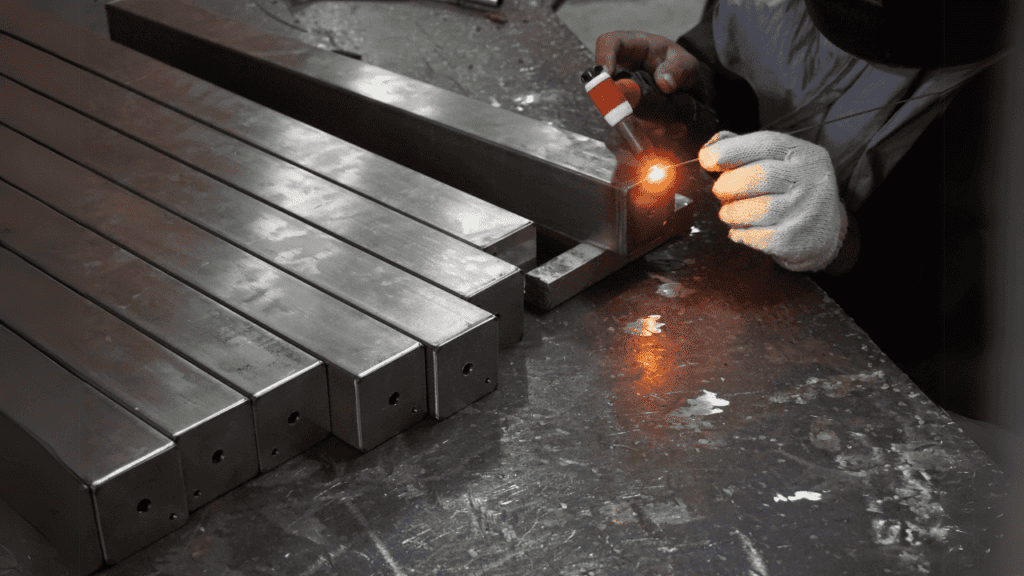

- Longevity: Stainless steel products have a long lifespan and require minimal maintenance, resulting in cost savings over time. Unlike other materials that may degrade or corrode over time, stainless steel maintains its appearance and performance for years to come.
- Versatility: Stainless steel is highly versatile and can be fabricated into various shapes, sizes, and forms to meet specific application requirements. It can be welded, machined, formed, and finished to achieve desired designs and functionalities.
- Sustainability: Stainless steel is a sustainable material with a low environmental impact. It is 100% recyclable, meaning it can be reused and repurposed indefinitely without losing its properties. Recycling stainless steel helps conserve natural resources, reduce energy consumption, and minimize waste generation.
- Cost-Effectiveness: While the initial cost of stainless steel may be higher compared to other materials, its long-term durability and low maintenance requirements offer significant cost savings over its lifecycle. Investments in stainless steel products pay off in terms of reduced replacement, repair, and maintenance costs.
Health, Environmental, and Side Effects
While stainless steel is generally considered safe for human health and the environment, its production processes may have environmental implications:
- Energy Consumption: Stainless steel production requires significant energy inputs, particularly during melting, refining, and forming processes. Energy-intensive processes contribute to greenhouse gas emissions and other environmental impacts.
- Emissions: Stainless steel production may release air pollutants, such as carbon dioxide (CO2), sulfur dioxide (SO2), and nitrogen oxides (NOx), depending on the energy sources and technologies used. Emissions can contribute to air pollution, acid rain, and climate change.
- Waste Generation: Stainless steel production generates waste materials, such as slag, scale, and dust, which may contain hazardous substances. Proper handling, treatment, and disposal of waste materials are essential to prevent environmental contamination and harm to human health.
Also Read :LME : London Metal Exchange | Complete Details
Scrap and Recycling
Stainless steel’s recyclability is a key factor in its sustainability and environmental stewardship:
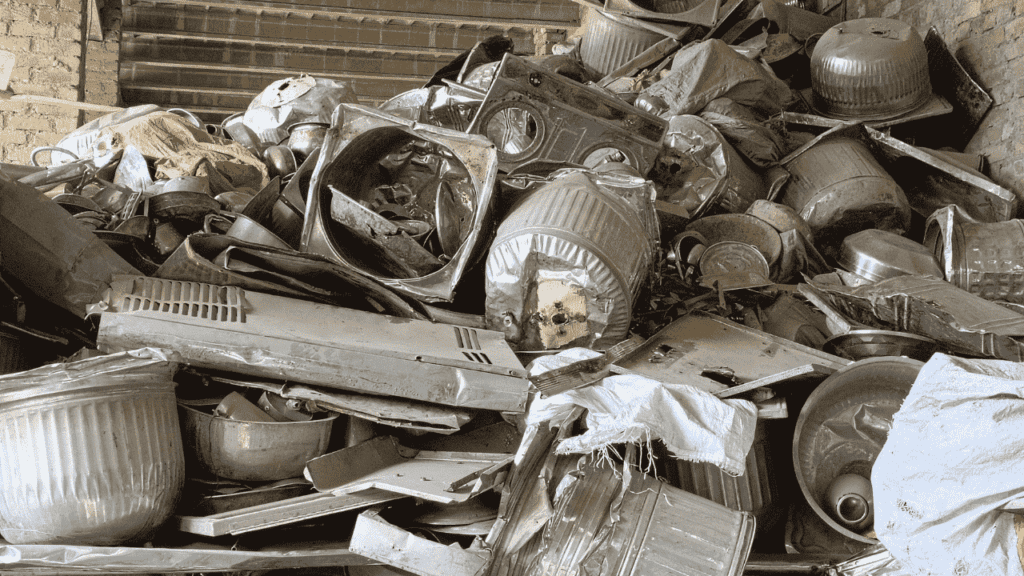

- Circular Economy: Stainless steel is a valuable resource that can be recycled and reused indefinitely without loss of quality. Recycling stainless steel helps close the material loop and reduce reliance on primary raw materials, such as iron ore and chromium ore.
- Energy Savings: Recycling stainless steel requires less energy compared to primary production from virgin materials. Melting and processing recycled stainless steel consumes fewer resources and produces fewer emissions, resulting in energy savings and environmental benefits.
- Waste Reduction: Recycling stainless steel minimizes the amount of waste sent to landfills, conserves landfill space, and reduces the environmental burden associated with waste disposal. Recycling also helps prevent environmental pollution and habitat destruction caused by mining and extraction of raw materials.
History of Stainless Steel
The development of stainless steel is a significant milestone in materials science and engineering:
Early Discoveries: Scientists and metallurgists in the late 19th and early 20th centuries experimented with alloying elements to improve the properties of steel, including its resistance to corrosion.
- Brearley’s Discovery: In 1912, British metallurgist Harry Brearley accidentally discovered a corrosion-resistant steel alloy while researching materials for rifle barrels. This discovery marked the birth of stainless steel and laid the foundation for its commercialization and industrial use.
- Industrialization: Stainless steel gained widespread acceptance and adoption in various industries, including automotive, aerospace, construction, and consumer goods. Its unique combination of properties revolutionized manufacturing processes and product designs, leading to significant advancements in technology and infrastructure.
Related :Copper | Complete Details
Future Prospects
The future of stainless steel is shaped by ongoing research, innovation, and technological advancements:
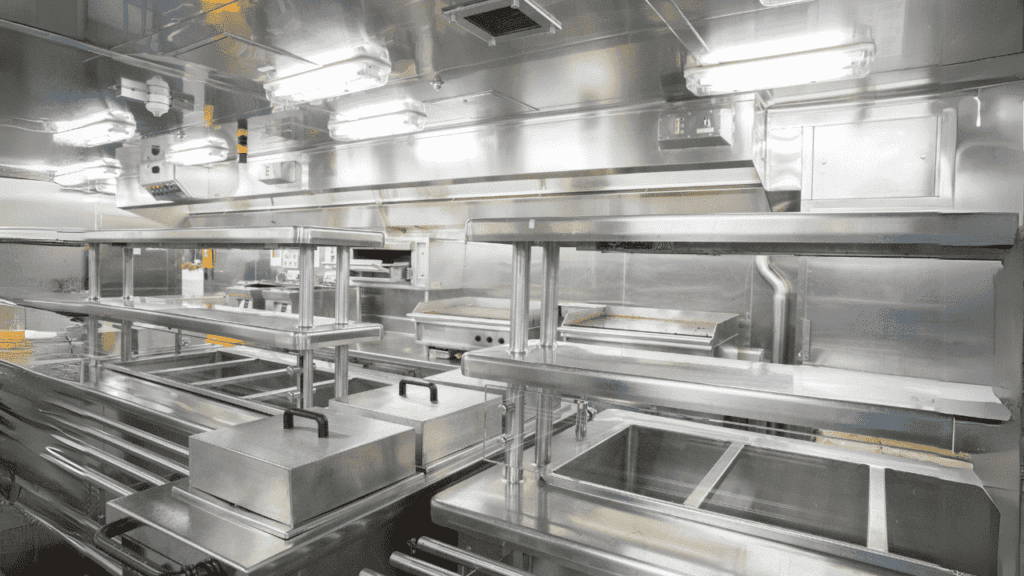

- Advanced Alloys: Researchers continue to develop new stainless steel alloys with enhanced properties, such as improved corrosion resistance, mechanical strength, and sustainability. Advanced alloys are tailored to meet the evolving needs of industries, including transportation, energy, healthcare, and environmental protection.
- Sustainable Practices: The stainless steel industry is increasingly focused on adopting sustainable production practices to reduce its environmental footprint and enhance resource efficiency. Initiatives include optimizing energy use, minimizing emissions and waste generation, and promoting responsible sourcing and recycling of raw materials.
- Industry Trends: Stainless steel plays a vital role in sustainable development initiatives, such as green building certification programs, renewable energy projects, and circular economy strategies. As industries strive to meet sustainability goals and address environmental challenges, stainless steel is positioned as a key enabler of innovation, progress, and prosperity.
Visit Our Prices Page For Latest Metals Rates
FAQs:
Q1: What is stainless steel?
A1: Stainless steel is an alloy primarily composed of iron and chromium, with a minimum chromium content of 10.5% by mass. This alloy exhibits exceptional resistance to corrosion, tarnishing, and rusting, making it highly valued in various industries.
Q2: What gives stainless steel its corrosion resistance?
A2: Stainless steel’s corrosion resistance is primarily attributed to the formation of a thin, protective layer of chromium oxide on its surface when exposed to oxygen. This passive layer prevents further oxidation and corrosion.
Q3: What elements are commonly found in stainless steel?
A3: In addition to iron and chromium, stainless steel may contain elements such as nickel, molybdenum, carbon, silicon, manganese, and others. These elements are added to enhance specific properties required for different applications.
Q4: What are the different types of stainless steel?
A4: Stainless steel is classified into several categories based on its microstructure, including austenitic, ferritic, martensitic, and duplex stainless steel. Each type offers unique mechanical properties and corrosion resistance.
Q5: What are the key properties of stainless steel?
A5: Stainless steel exhibits exceptional corrosion resistance, strength, durability, and aesthetic appeal. It is also easy to clean and maintain, making it ideal for various applications.
Join our: Whatsapp Group
Q6: What are the common uses of stainless steel?
A6: Stainless steel is used in a wide range of applications, including construction, automotive, aerospace, food processing, medical devices, household appliances, and architectural structures.
Q7: Is stainless steel environmentally friendly?
A7: Stainless steel is considered environmentally friendly due to its recyclability and durability. Recycling stainless steel reduces the need for virgin materials, conserves resources, and minimizes waste generation.
Q8: How does stainless steel contribute to sustainability?
A8: Stainless steel contributes to sustainability by promoting a circular economy, reducing energy consumption, minimizing waste generation, and supporting green building and renewable energy initiatives.
Q9: What is the history of stainless steel?
A9: Stainless steel was discovered in the early 20th century by British metallurgist Harry Brearley. Since then, it has revolutionized various industries and become an essential material in modern manufacturing.
Q10: What is the future of stainless steel?
A10: The future of stainless steel lies in advanced alloys, sustainable production practices, and innovative applications. As industries focus on sustainability and innovation, stainless steel will continue to play a vital role in shaping the future.
Conclusion:
In conclusion, stainless steel stands as a remarkable alloy with unparalleled properties and diverse applications. Its unique composition, characterized by iron and chromium along with other alloying elements, imparts exceptional corrosion resistance, strength, durability, and aesthetic appeal. Stainless steel’s versatility extends across various industries, from construction and automotive to food processing and healthcare, where its reliability and performance are highly valued.
As industries strive towards sustainability and innovation, stainless steel remains at the forefront, contributing to circular economy initiatives, reducing environmental impact, and supporting technological advancements. With ongoing research and development, stainless steel continues to evolve, offering new possibilities and solutions for the challenges of tomorrow.
In essence, stainless steel exemplifies the synergy between science, engineering, and sustainability, embodying a material that not only shapes our present but also holds promise for a brighter and more resilient future.



